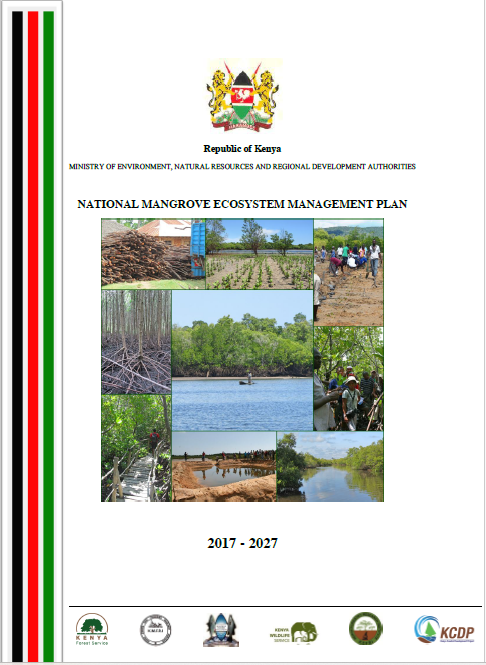Four organisations (Coopecabañas R.L., Parque la Libertad, Asociación de Desarrollo de Cipreses de Oreamuno de Cartago (ADICO) and Coopetoyopan) received support and technical advice to co-design a business plan under a positive economic recovery approach with nature, with achievable objectives and sufficient profitability, or a business idea that complies with this, based on the capacities of the entities executing the project proposals and existing opportunities.
The technical and business capacities of the organisations financed were strengthened to facilitate the implementation of the projects, which contributed solutions that will improve urban wellbeing and contribute to the conservation of urban biodiversity and ecosystem services in the Greater Metropolitan Area (GAM) of Costa Rica.
In addition, around 150 people benefited directly from training in green recovery, nature-based solutions, e-commerce, composting, and logistical and operational improvements to their organisations. The key is to provide financial support together with technical training.
The support of a project that provides technical and financial backing for the training processes is fundamental for carrying out the different capacity building activities. Collaboration between different organisations, such as the formation of public-private alliances, encouraged the implementing organisations to have more support and allowed them to successfully execute the process (more than 20 alliances were formed). Institutional support at the GAM level, such as through MINAE and SINAC, was of great relevance for the implementation of the financing.
The technical training of the people responsible for the projects, in areas such as business administration, project management and the technical specialities of the project to be developed, is key to take advantage of this type of accompaniment. Prior to the development of the business plan, it is preferable that the projects have already advanced in the development of the prototype of their business idea, which allows for a clearer mapping of the requirements for the development and scaling of the business. The modality of technical support in this type of projects that require development of a product prototype that is tangible and has specific construction and design requirements or biological processes to be developed, requires technical support that considers a mixed face-to-face and virtual modality to make constructive contributions at the site of each project.
